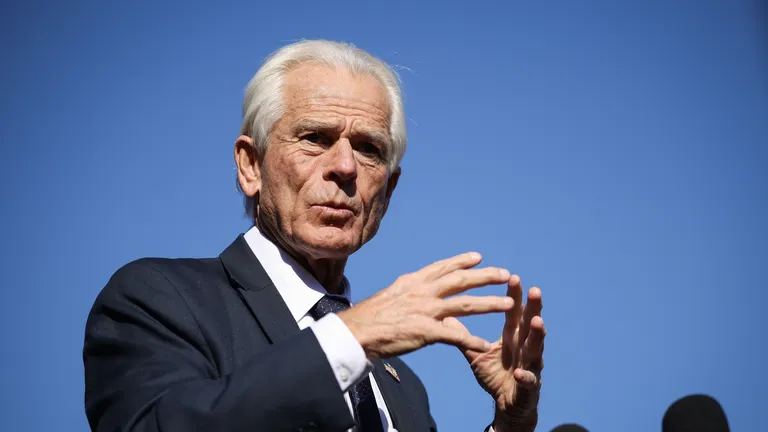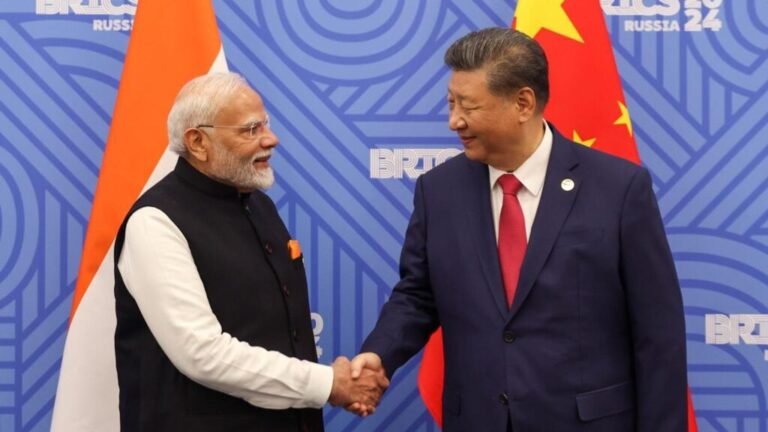
From Early Deals to Global Power
At an initial glance, private equity looks simple: buy a company, make it better, sell it for more value. However, it involves a complex game – it’s a high-stakes game of strategy, reinvention, and relentless pressure – where billions are won or lost. This article will dive into how the industry is evolving and why it’s rewriting the rules of modern capitalism.
A Brief Look Back
J.P. Morgan’s acquisition of Carnegie Steel in 1901 was one of the first significant transactions in the more than 100-year history of private equity. Such transactions were uncommon for decades. The modern model began to take shape after World War II. American Research & Development Corporation proved private capital could deliver outsized returns — turning a $70,000 investment in Digital Equipment Corporation into more than $350 million.
The turning point came in 1988 with KKR’s $31.1bn acquisition of RJR Nabisco — then the largest buyout in history – proving that PE could mobilise vast capital to take over household-name corporations.
Through the 1990s, Blackstone, Carlyle Group, and KKR rose to dominance, evolving from niche dealmakers into trillion-dollar capital allocators influencing global finance, politics, and real estate.
Fast forward to 2025, private markets have exploded to $15–15.5tn in assets under management, with private equity alone holding nearly $6tn of that. The scale is no longer niche – it’s foundational.
Global Trends Reshaping Private Equity
After years of rapid growth, private equity is going through a far more complex environment. Fundraising pace has slowed, deal timelines have lengthened, and global politics is reshaping where and how firms deploy capital.
1. Fundraising Slows Sharply:
Since 2022, capital raising has slowed sharply. In 2024, Private equity fundraising declined sharply, falling 20% year-over-year to $476bn worldwide, with just 531 funds closing, marking the lowest count since 2008.

2. Dry Powder Piles Up
The slowdown in deployment has pushed unspent commitments to record highs. By mid-2025, buyout dry powder stood at $1.2 trillion, with nearly a quarter sitting idle for more than four years. The pressure on managers to put this money to work is growing.

3. Exits show early signs of recovery
In 2024, PE-backed exit value rose 7.6% to $813 billion, helped by a rise in deals over $500 million. The first half of 2025 saw $308 billion in exits, led by strategic buyers, followed by IPOs and secondary sales.

4. Geopolitics complicates deal flow
Rising tariffs on imports from China, the EU, and other regions have slowed M&A and PE transactions, particularly in industrials and manufacturing. Deals are taking longer to close with stringent due diligence and contingent payments. Despite this uncertainty, areas like technology, business services and healthcare are sustaining with a healthy deal flow.
The Rise of PE Secondaries – A Structural Shift
Private Equity secondaries – or Secondaries – involve buying an existing stake in a private equity fund or portfolio company from another investor, rather than acquiring it in the primary market. This allows investors with extra cash a chance to buy good assets at lower prices.
- Record Market Activity- In 2024, global secondary market transactions hit a record high, driven by activities from both GPs and LPs. The trend continues to evolve in 2025. The secondary market hit $162 billion – up 45% from $94 billion in 2023 and it is estimated to cross over $185 billion by the end of 2025
- LP-led vs. GP-Led Deals – LP-led transaction – where limited partners sell fund stakes to other investors – was recorded at $87 billion in 2024, GP-led transaction – in which fund managers restructure or extend ownership of portfolio companies – volume recorded at $75 billion in 2024 from $52 billion in 2023. GP-led transactions now make up 44% of total volume, signalling that it is not just a trend but a structural shift
Why does this matter?
In a market where fundraising is more challenging, secondaries offer liquidity and allow GPs to retain strong assets longer. For example, in 2024, Ardian completed a $5 billion GP-led continuation fund transaction involving its European infrastructure assets, one of the largest such deals to date.
How India’s Trends Align with Global Patterns
Private equity in India began taking shape in the late 1990s and early 2000s, with global giants like Warburg Pincus and Baring PE leading the charge. Soon after, homegrown players like Gaja Capital, India Value Fund (True North), and Ashish Dhawan-led Chrysalis Capital (ChrysCapital) stepped in, shaping the domestic landscape.
- Recent Performance – In 2024, PE-VC investments in India grew 9% year-on-year to $43 billion. Venture capital and growth-stage deals surged, driven by consumer tech and early-stage funding, while pure private equity investments held steady at about $29 billion. India is now the second-largest PE-VC destination in the Asia-Pacific. Real estate and infrastructure drew 16% of total investment, alongside strong flows into financial services and healthcare
- Domestic Fundraising and Exits – Domestic fundraising hit new highs in 2024, with Kedaara Capital closing $1.7 billion and ChrysCapital raising $2.1 billion. Exit activity also surged, climbing 16% to $33 billion, with IPOs and block trades marking up 59% of total value
- Notable Milestone – Gaja Capital, a mid-market growth capital firm, recently made headlines – becoming the first ever Indian PE firm to go public, raising ₹125 crores in its pre-IPO round.
India’s PE funding base is becoming more diverse as domestic institutional participation is gradually increasing, even though international LPs continue to be a significant source of capital.
Emerging Risks in a Changing Landscape
- Valuation mismatch – A major risk for PE today is the gap between sellers, high price expectations clash and buyers’ more conservative valuations. This disconnect is fuelled by macroeconomic uncertainties, interest rate pressures, and volatile markets, slowing deal-making and complicating exits
- Regulatory pressure – Oversight is tightening across key markets. Stricter guidelines for private fund reporting have been implemented by the SEC in the US, enhancing transparency regarding fees, performance, and ESG claims. Regulations pertaining to investor protection and sustainability disclosures are also being tightened in Europe. Due diligence timelines are lengthening, and compliance costs are rising as a result of these changes
- Geopolitical uncertainties – Global tensions have complicated cross-border transactions, disrupted supply chains, and affected portfolio valuations. These tensions range from the ongoing US tariffs and trade restrictions
- LP Fatigue – “LP fatigue” is a result of cautious fundraising, slower capital distributions, and intense competition for superior assets. Many funds are experiencing longer fundraising cycles as a result of limited partners’ increasing prudence in capital deployment

Looking Ahead
Private equity will face both difficult risks and game-changing opportunities going forward. Technology is changing how businesses function, from AI-driven deal sourcing to sophisticated portfolio analytics. ESG is evolving as a mandatory checkbox in compliance with a source of value creation.
The industry’s ability to adapt will be put to the test in the upcoming years. The pace will be set by those who can use technology, manage geopolitical uncertainty, and make prudent capital deployments in a slower market.
From a specialised investment approach, private equity has developed into a major player in international finance. Whether it continues to be the global capital engine or succumbs to its own size will be determined over the course of the next decade or so. Whoever can move the fastest, think the longest, and adapt the best will win.
Written and edited by – Mir Irfan Ali
The post The Business of Buying Businesses (Part II/II) appeared first on The Economic Transcript.





